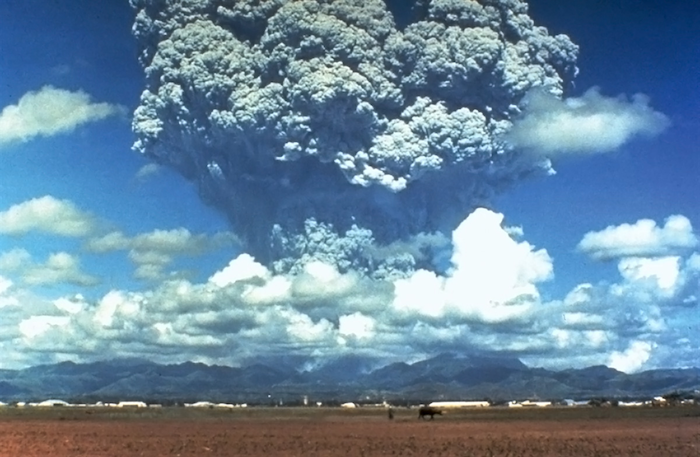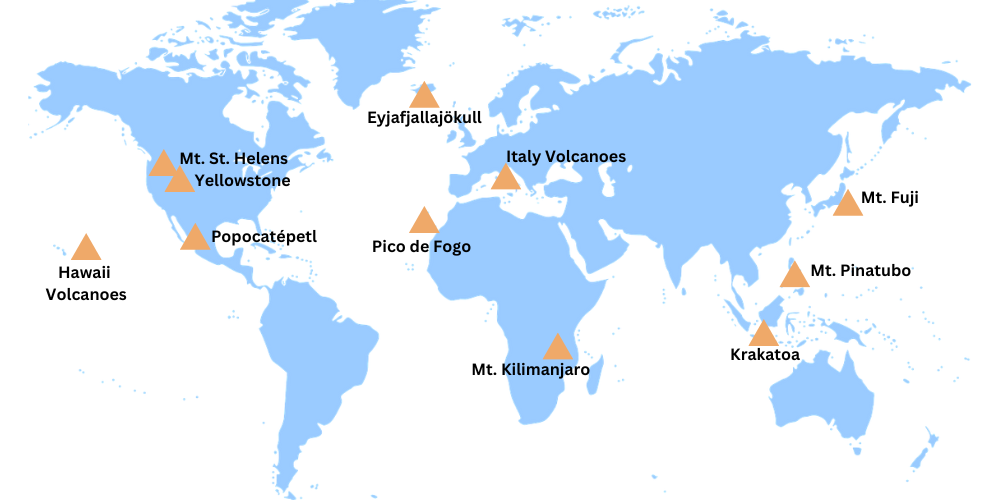Mt. Pinatubo

The eruption of Mt. Pinatubo - Image credit USGS.gov - Public Domain
What kind of Volcano is it?
Mount Pinatubo is a stratovolcano, also known as a composite volcano. Stratovolcanoes are characterized by their steep, symmetrical profiles and are typically composed of alternating layers of solidified lava flows, volcanic ash, and other volcanic debris. These layers are the result of both explosive eruptions that produce ash and pyroclastic flows, as well as effusive eruptions that result in the flow of lava.
Geological Background
Situated on the island of Luzon, Mount Pinatubo is part of the Zambales Mountain Range and the Cabusilan sub-range. It is nestled at the intersection of three tectonic plates – the Eurasian, Philippine, and Indo-Australian plates. This volatile geological setting has made the region prone to seismic activity and volcanic eruptions throughout its history.
Eruption!
The most infamous chapter in Mount Pinatubo's history unfolded in 1991 when it experienced one of the most powerful volcanic eruptions of the 20th century. Prior to this cataclysmic event, Mount Pinatubo had been dormant for over 600 years. The eruption began in June 1991, sending massive columns of ash and volcanic gases into the atmosphere.
The eruption had far-reaching consequences, including the destruction of nearby towns, displacement of communities, and the alteration of global climate patterns. The volcanic ash released during the eruption reached the stratosphere, contributing to a temporary cooling effect on the Earth's climate.
Before the catastrophic eruption of 1991, Mount Pinatubo stood at an elevation of approximately 1,745 meters (5,725 feet) above sea level. However, the eruption drastically altered the landscape, resulting in the collapse of the volcano's summit and the formation of a caldera. As a result, the current elevation of Mount Pinatubo's highest point is around 1,485 meters (4,872 feet) above sea level.
It's important to note that the eruption caused a significant reduction in the volcano's height, as a substantial volume of material was expelled during the explosive event, leading to the collapse of the summit.
World Volcanoes
